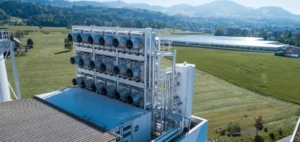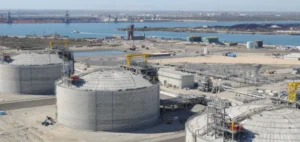The global carbon neutrality market is expected to nearly double by 2035, rising from $12.5bn to $27.22bn, with a compound annual growth rate of 7.3 %. This trajectory is fuelled by expanding initiatives in developing countries, particularly China and India, alongside increasing adoption of advanced emission reduction technologies.
Capture technologies central to industrial strategies
The development of Carbon Capture and Storage (CCS) and Direct Air Capture (DAC) technologies is sustaining this growth. These solutions are increasingly embedded in the emission management strategies of large industrial players operating in high-emission sectors. Major technology firms such as Microsoft are scaling up investments in these areas, reflecting a broader private sector mobilisation around carbon neutrality targets.
The market is segmented into two primary activity types: emissions reduction, which currently holds the largest share, and renewable energy use, which is registering the fastest growth. The latter is driven by rising global energy demand and growing concerns over energy security.
Services dominate a market led by large enterprises
Market components are divided between services and solutions. The services segment leads, due to the increasing complexity of carbon management strategies that require expert guidance. This trend is reinforced by regulatory pressure and growing expectations from institutional investors.
Large enterprises hold the majority of market share, benefiting from their financial capacity to invest in advanced technologies and implement internal emissions reduction programmes. In contrast, small and medium-sized enterprises remain limited in their access to technical tools and required funding.
Asia to lead regional growth by 2035
North America currently represents the largest market in terms of value, but Asia is set to record the fastest growth during the forecast period. Strong political commitments from countries such as China, Japan and South Korea to achieve carbon neutrality are supporting regional expansion through public investments and incentive-based policies.
The energy and utilities sector constitutes the largest industry segment, owing to its direct contribution to global emissions. This sector is expected to maintain a central role, backed by a gradual transformation of its energy mix and stricter sector-specific regulations.






















